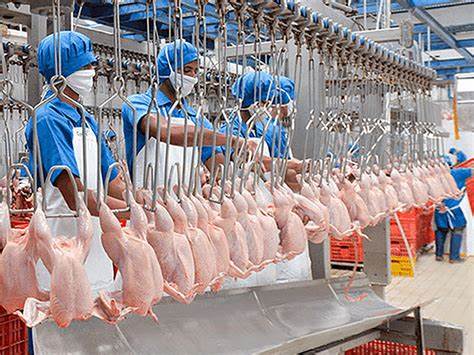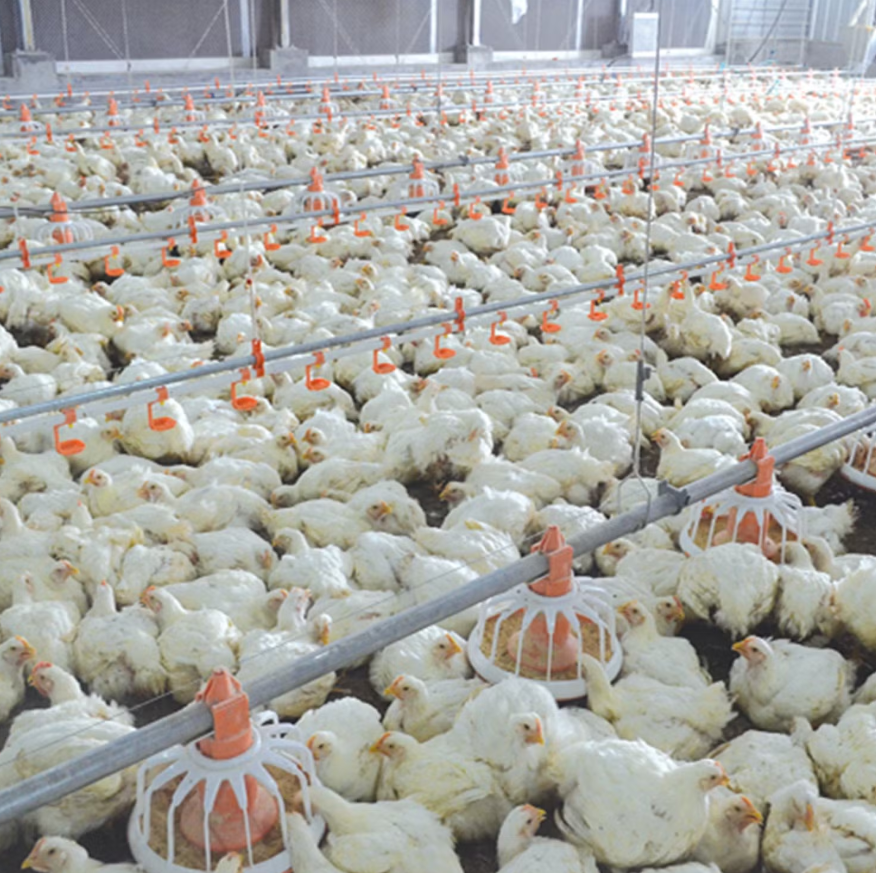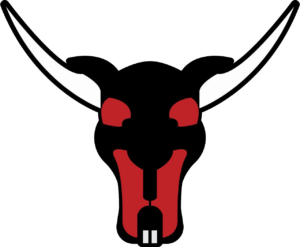Livestock Development Corporation
Poultry Farming in PNG
A sample mass chicken products processing facility at the Zenag Poultry production outside Lae, Morobe Province by the Mainland Holdings LImited
Sample chicken farming setup on larger scale. Papua New Guineans have the potential to venture into extensive poultry farming in the similar way.
Private Sector Chicken Farming to meet daily demand. An example of a private sector Poultry farming setup in Koroba of Hela Province


Commercial poultry farming is an agricultural practice focused on the breeding and raising of domesticated birds, primarily chickens, turkeys, ducks, and geese, for meat and egg production. It plays a significant role in the global food supply, providing a source of protein that is widely consumed.
Here are some key aspects of commercial poultry farming:
1. Types of Poultry Farming
• Broiler Farming: Focuses on raising chickens specifically for meat production. Broilers are typically raised in a controlled environment to ensure optimal growth rates.
• Layer Farming: Involves raising hens for egg production. Layers are kept in environments that maximize egg output and are often managed to optimize feed conversion and health.
• Breeder Farming: This involves the breeding of chickens to produce fertile eggs for hatching into chicks, which are then sold to broiler or layer farms.
2. Infrastructure
• Housing: Poultry requires specific housing arrangements, such as barns or coops that protect them from predators and harsh weather. Modern poultry houses often include climate control systems to optimize conditions for growth and production.
• Feeding Systems: Commercial farms often utilize automated feeding systems to ensure that birds receive a balanced diet, tailored to their specific growth stages and production goals.
• Water Supply: Consistent access to clean, fresh water is essential for poultry health and production.
3. Management Practices
• Biosecurity: Implementing practices to prevent disease outbreaks is crucial in poultry farming. This includes restricted access to farms, sanitation protocols, and vaccination programs.
• Health Management: Regular health checks and veterinary care are necessary to detect and treat illnesses early, ensuring the well-being of the flock.
• Record Keeping: Maintaining accurate records of production, health issues, and costs helps in managing operations and making informed decisions.
4. Economic Considerations
• Costs: Key expenses include feed, housing, labor, and veterinary care. Feed costs typically represent the largest expense in poultry production.
• Market Demand: Understanding market trends and consumer preferences can significantly impact profitability. For example, the demand for organic or free-range poultry products is rising.
• Regulations: Compliance with local, national, and international regulations regarding animal welfare, food safety, and environmental impact is vital for sustainable operations.
5. Environmental Impact
Commercial poultry farming can have environmental implications, including waste management challenges and impacts on local ecosystems. Sustainable practices, such as improving waste recycling and using renewable energy sources, are becoming more important in the industry.
Conclusion
Commercial poultry farming can be a lucrative venture when managed effectively. It requires a comprehensive understanding of animal husbandry practices, market dynamics, and sustainable agriculture principles. If you’re considering entering this field or want to learn more, identifying the right resources and support networks can be essential for success.

